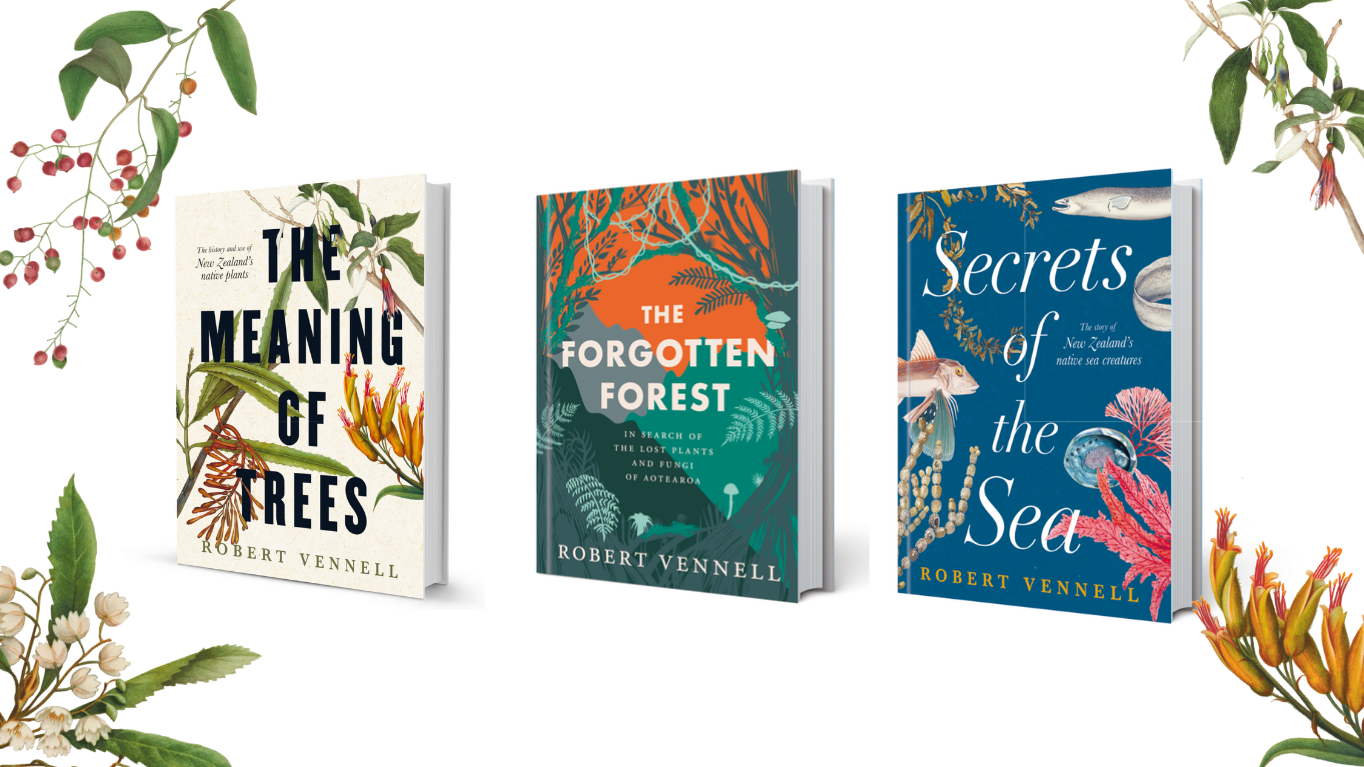
Lacebark – Hoheria populnea
Lacebark is also known as thousand jacket or ribbon wood and these names all refer to the soft net-like fibre underneath its bark which is perforated with holes. This bark has a soft, delicate appearance and can be used in fine decorative weaving. Continue reading Lacebark – Hoheria populnea


